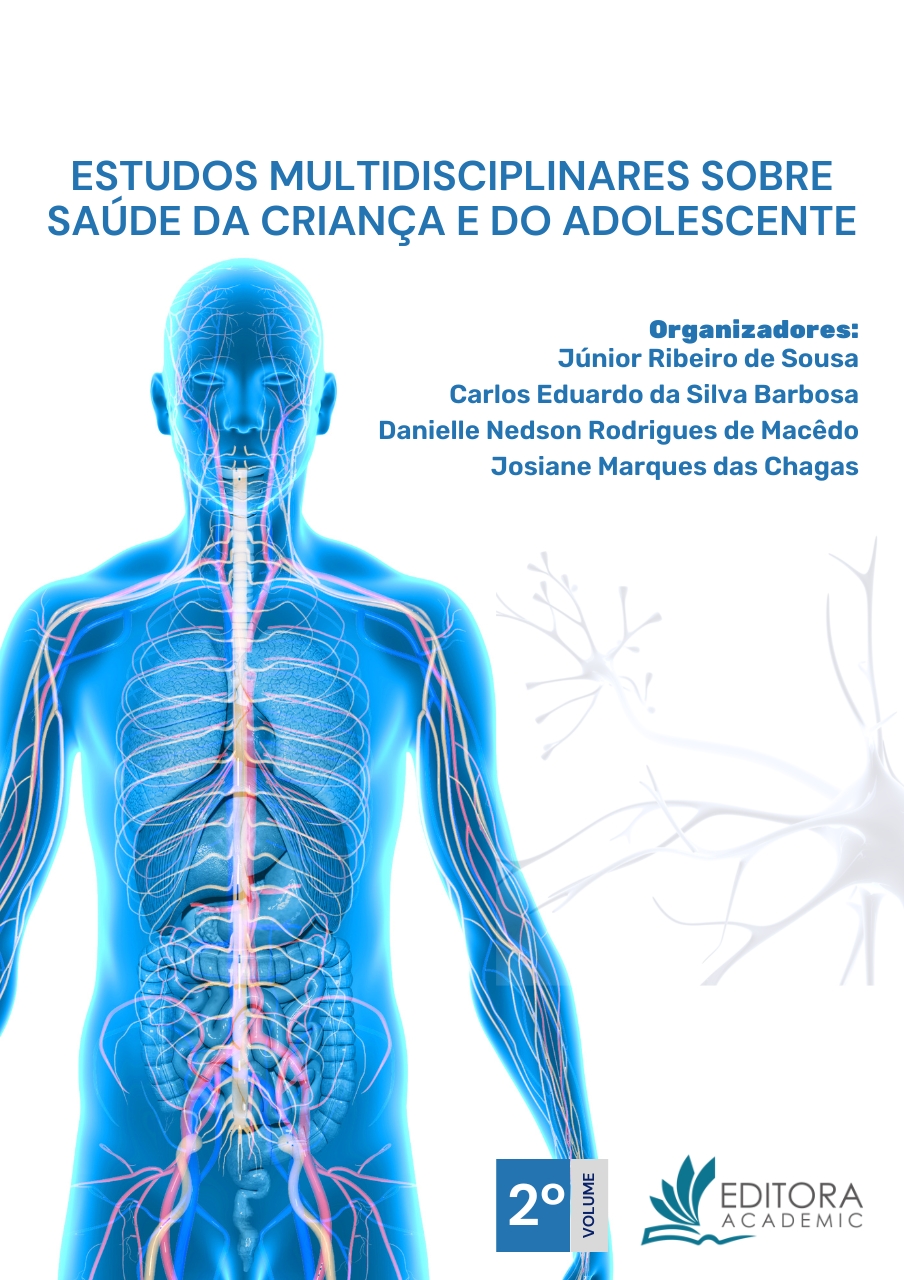
Objetivo: A trombose extra-hepática da veia porta (TEHVP) é uma condição atípica na pediatria, embora rara, representa um importante problema clínico, pois é uma das causas mais comuns de hipertensão portal em crianças. O objetivo deste estudo é identificar os principais fatores associados à hipertensão portal em crianças, com enfoque principal ao cateterismo da veia umbilical (CVU) no período neonatal. Metodologia: Foi realizada revisão da literatura, dos últimos 10 anos, através de pesquisa bibliográfica na base de dados PUBMED com os descritores “umbilical vein catheterization” e “portal vein thrombosis”. Além disso, foram consultados os artigos citados nas referências dos trabalhos selecionados na pesquisa inicial e dos livros textos. Resultados e Discussão: Os fatores de risco mais comuns para TEHVP em ordem decrescente são: cateterização da veia umbilical neonatal (73,2%), infecções bacterianas (47,62%), trombofilia(35%), desidratação(19,08%). A CVU através do mecanismo de lesão endotelial, e modificação do fluxo local ocasionando turbilhonamento sanguíneo, constitue principal causa de TEHVP em crianças. Considerações Finais: O cateterismo umbilical neonatal, embora seguro, foi identificado como causa de trombose da veia porta, levando à síndrome da hipertensão portal e suas complicações. Medidas como prevenção de infecções neonatais e confirmação da localidade do CVU e menor tempo de permanência do cateter central parecem influenciar no desfecho do paciente para evoluir com TEHVP.